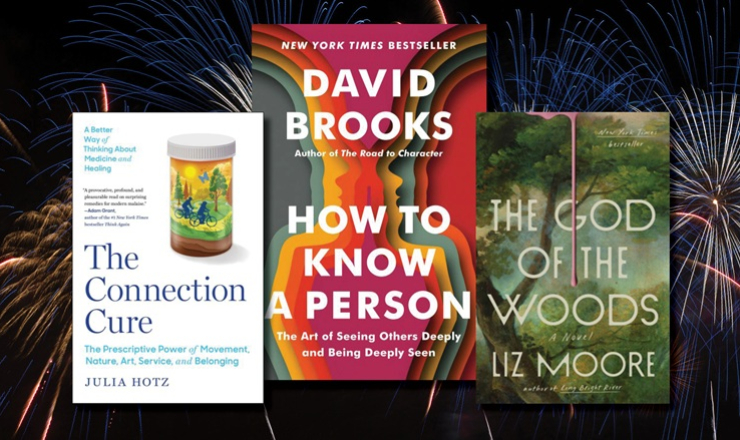Support Your Library! Gifts of any size help sustain and strengthen library programs and services.
Upcoming Events
Stay cozy with reading this winter! Read books from a list made by librarians and teachers across the state.
Join us at the library for stories, songs, and fun movements to help spark a love of reading and learning. Storytime is for toddlers and preschoolers, but all members of the family are welcome.
Enjoy stories, songs, and fun movements at the Quilcene Community Center. Storytimes help toddlers and preschoolers spark a love of reading and learning. Brothers and sisters of all ages are welcome.
Hear simple stories, sing songs, and play with your baby. After the program, stay and play with other families. This program is for babies and young toddlers. Families are welcome.



















